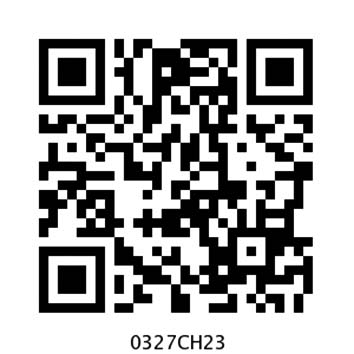Table of Contents
23. A Beautiful Cloth
Sajida's sister gave her a very beautiful dupatta. The dupatta had beautiful embroidery and small mirrors stuck on it. After finishing dinner, Sajida tried to wear the dupatta in different ways. Soon she got tired playing with the dupatta and fell asleep wearing it. She was thinking about the dupatta even in her dream - How would such a beautiful dupatta have been made?

• How do you think Sajida’s dupatta was made?
• Take a dupatta or a long piece of unstitched cloth. Drape it in different ways. In how many ways, could you wear it?
• Did anyone wear it like a lungi or use it as a turban? In what other ways was the cloth worn?
• Look at any six garments at home. What differences do you find in their texture, their colour and design?
• Look at a thick cloth or a sack carefully. Can you see threads running along its length and breadth? You will find a similar pattern if you see any piece of cloth closely.
You can also weave paper in a similar way.
• Weaving paper
| | | |
1. Take two papers of different colours.
2. Mark vertical lines ( | ) on one paper and horizontal lines ( — ) on the other.
3. Cut both the papers along the marked lines. Take care, the strips should not get completely separated.
4. Place one paper above the other along the edges as shown in the picture (in colour). Stick the edges.
5. Now weave the strips to make a mat.
6. Paste tapes or a paper border at the edges, so that the mat does not open up.
• Printing on cloth
In the lesson, ‘The Plant Fairy’ you saw designs of flowers and leaves made on cloth.
You too can make some designs using cut-vegetables.
Cut a cauliflower or ladyfinger. Apply colour on the cut face and make prints on a piece of paper or cloth to make your own designs.
• Getting the children to ‘weave paper’ and ‘print on cloth’ will help them to relate to our traditional arts. The children will get a chance to show their creativity.



